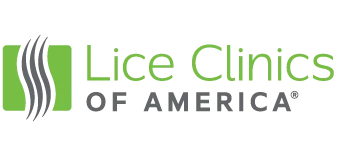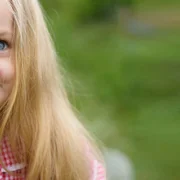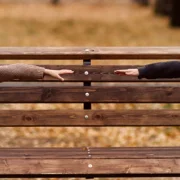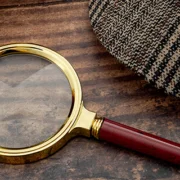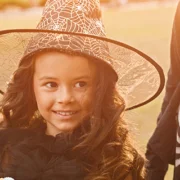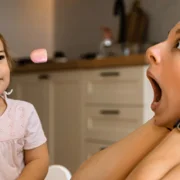It’s Not Lice, but I’m Still Itchy! Part 2!
In a previous post, we identified some scalp conditions that may be causing your head to itch instead of lice. If you thought that was an exhaustive list, you would be wrong. Here are some more head-scratchers.
Folliculitis
Folliculitis is a common skin condition in which the hair follicles become inflamed. It is usually the result of a bacterial or fungal infection of the hair follicle. This may cause small pus-filled bumps like little pimples and may cause irritation and itchiness.
Cysts
Cysts are pockets or sacs filled with fluid or some other substance. They vary in size from very tiny to very large. There are many different types of cysts and they can occur anywhere on the body. Several different types of cysts can occur on the scalp. They may feel like tiny bumps or large lumps and they can cause irritation or discomfort.
Herpes Zoster
A Herpes Zoster eruption is known more commonly as Shingles. Shingles can erupt anywhere on the scalp. Shingles can cause irritation, discomfort, and painful blisters.
Other Infestations can also occur.
Scabies
This common infestation is caused by a mite. It usually does not affect the scalp, except in infants or people who are immunocompromised. It can cause small bumps which are intensely itchy.
Bed Bugs
Like head lice, these small parasites feed on human blood. Unlike head lice, they do not live on the body. Their bites leave red welts which may be painful or itchy. While they may affect the scalp, their bites are more common on the face, neck, and other areas of the body.
As you can see, there are many different conditions, skin disorders, and infestations that can affect the scalp and may mimic some of the symptoms of a head lice infestation. We have only listed a few of the most common ones. There are many more.
Lice Clinics of America – Texas Lice Removal is a member of the world’s largest network of lice clinics and all technicians have been trained and certified to operate our exclusive AirAllé device. This revolutionary FDA-cleared medical device kills head lice and over 99% of lice eggs using specially controlled heated air.
Lice Clinics of America has successfully treated more than 950,000 cases of head lice. The company has more than 265 clinics in 20 countries, making it the world’s largest network of professional lice treatment centers. Lice Clinics of America – Texas Lice Removal has three locations. College Station is located at 4444 Carter Creek Parkway, Suite 101, Bryan, Texas 77802. Tomball is located at 11601 Spring Cypress, Suite C, Tomball, TX 77377. The Woodlands is located at 2219 Sawdust Road, Suite 2003, The Woodlands, TX 77380. Each location is open seven days a week by appointment. Call 979-481-6144 for College Station, 832-648-619 for Tomball, or 832-957-0373 for The Woodlands or visit https://texasliceremovalclinic.com for more information or to schedule an appointment.
